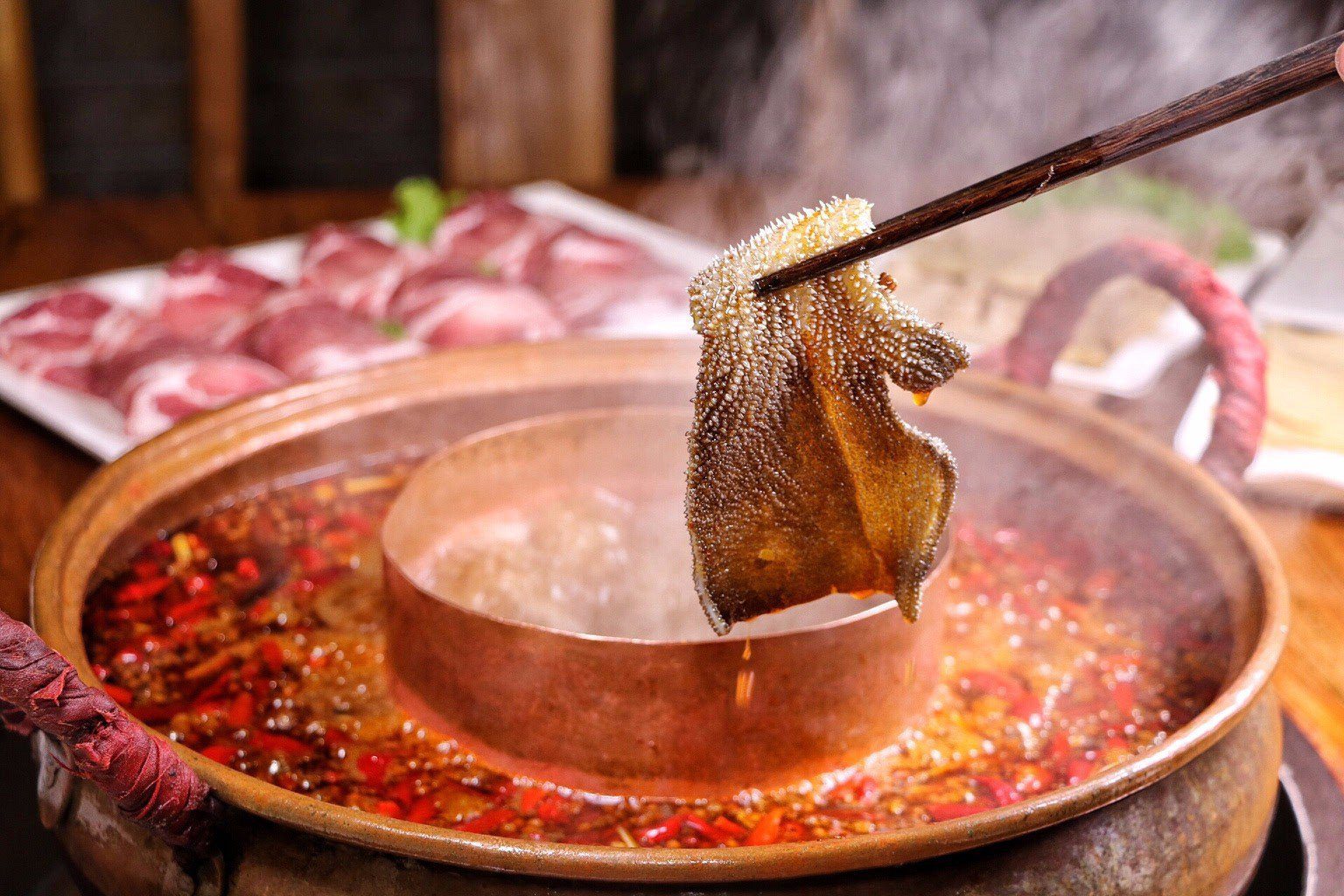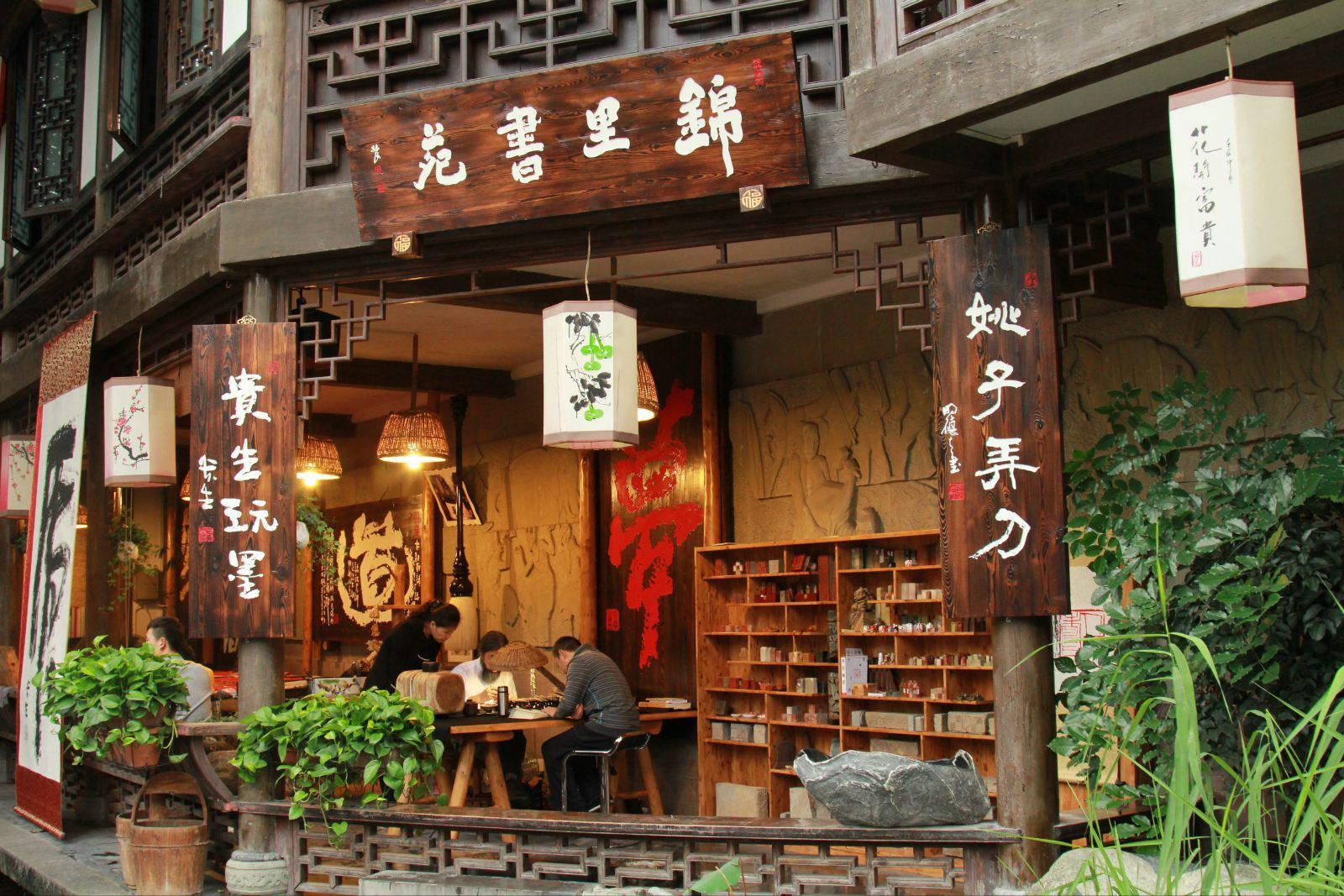A Food Fun Travel Guest Post
Chengdu, the capital of Sichuan Province in southwest China is one of the most populous cities in the country, renowned for its unique giant panda bases and breeding centers. However, the city has much more than just giant pandas, though a Chengdu panda tour to see these cute and cuddly creatures is still the pinnacle of tourist activities in the province. An ancient city, dating back to around the 4th century BC, Chengdu has never been on many tourist’s radars, but this ancient city is fast becoming one of the top tourist destinations in China.

Now becoming more popular than Da Nang in Vietnam, Athens in Greece, and Male in the Maldives, this stunning city has seen a huge growth in tourism over the past three years, with a year on year growth of around 133%. And the main reason for this is the wealth of things to do and see in the city, as well as the plethora of sizzling Sichuan restaurants that serve authentic local cuisine. A city with a busy nightlife, but with a more relaxed vibe than Beijing or Shanghai, Chengdu is the new place to go and visit, and here are just a few of the reasons why.
Visiting Giant Panda
The four giant panda centers are a huge thing in Chengdu, and as the panda capital of China, Chengdu is where people go to visit the formerly endangered species. Once thought to be dying out, the panda centers in Chengdu have done a remarkable job of breeding these rare creatures and reintroducing them into the wild of the hills around the west of the Sichuan Basin.
The largest of the four panda centers, the Chengdu Research Base of Giant Panda Breeding, lies in the northeast of the city, just ten kilometers from the city center, at the foot of Futou Mountain. The center is the first of the four centers for panda research, care, and breeding in Chengdu, and first opened in 1987, with just six ailing pandas rescued from the wild. Despite pandas being notoriously hard to breed in captivity, the center has managed to produce a total of 124 healthy and surviving panda cubs over the year, which were all released into the wild through the four centers’ rehabilitation programs.
There are also panda centers at Wolong, around 150 kilometers from Chengdu, at Dujiangyan in Qingchenshan Town around 55 kilometers to the northwest of Chengdu, and in Ya’an City at the Bifengxia Panda Base, which has the largest natural habitat area of the four, lying in the pandas natural range in the Bifeng Gorge Scenic Area.
Eating Sichuan Cuisine & Hotpot
Anyone who loves to travel knows that the best way to understand a culture is to eat the food. And in Sichuan Province, food is an all-important part of the local culture. Probably the most famous Chinese food served in restaurants around the world, this spicy cuisine is one of the tastiest and well known of all the Chinese foods. Famous for its bold flavors, spiciness and pungency, coming from the heavy use of chilis and garlic, the most unique thing about Sichuan cuisine is the unique flavor of the Sichuan pepper.

A sophisticated style of cooking, the Sichuan cuisine was even recognized by UNESCO, who declared Chengdu to be a City of Gastronomy in 2011. And there is no dish in Sichuan cuisine as sophisticated as the Hot Pot. A dish that dates back to the Xīhàn Dynasty of around the 2nd century BC, Hot Pot is a dish that has spread out from Chengdu to most of China, as well as up to Mongolia during the Yuan Dynasty. A delicious soupy dish, it can be hot and spicy or mild and pleasant, depending on your tastes.
Wenshu Yuan Monastery
A prominent Buddhist monastery in the area of Western Sichuan, the Wenshu Yuan Monastery is also the home of the offices of the Buddhism Association of Sichuan. Lying in the Qingyang District of Chengdu, the monastery was built in the Daye Era of the Sui Dynasty, in the early part of the 7th century. Sponsored by the concubine of the fourth son of Emperor Yang Jian, the temple was originally named the Xinxiang Temple after the son. The monastery went through a rough history until the middle of the 17th century, when rumors abounded of red lights being seen in the ruins of the monastery, which had been left to crumble after a particularly harsh destruction.

When the authorities went to check out the unknown phenomenon, they found a statue of the Manjusri bodhisattva, known as Wenshu Pusa, in the middle of the site. The monastery was heavily renovated to provide a place to worship this miraculous statue and was renamed to the Wenshu Yuan Temple.
Jinli Street
A completely pedestrianized street in Chengdu, located next to the famous Wuhou Temple, Jinli Street is renowned as being the First Street of the ancient Shu Kingdom during the Xīhàn Dynasty from more than 2,000 years ago. Heavily renovated in 2014, this ancient street has become the most famous commercial pedestrian street in Sichuan, and has architecture and themes from the ancient Qing Dynasty and the Three Kingdoms era.

A hugely cultural exhibition of the lives of the ancient Sichuan people, a stroll down the street will take you into a world of old-style teahouses, inns, restaurants, bars, theatrical stages, local snacks and cuisines, and local handicrafts and specialties. And when night falls, the traditional Chinese lanterns give the street an ethereal beauty that shows another if the unique flavors of Jinli Street.
Du Fu Cottage
The thatched cottage known as the Du Fu Cottage lies around 5 kilometers to the west of Tianfu Square in Chengdu and was once the home of the famous Chinese poet, Du Fu, who lived during the Tang Dynasty, in the 8th century. Born in Henan Province, Du Fu fled to Chengdu from Xi’an to get away from the An-Shi Rebellion in 759. The cottage was built with the help of his friends in 760, next to the famous Flower bathing Brook in the western outskirts of Chengdu.

In the four years that he lived there, he wrote more than 240 poems, which are considered to be part of China’s national treasures. While the cottage crumbled over the centuries after he left, a temple was built next to the site during the 11th century, to commemorate the poet’s contribution to outstanding Chinese literature. The cottage was renovated and enlarged over the centuries since, and is now a shrine and museum to the poet and to Chinese literature, in the form of a traditional commemorative garden.
These are some of the top things to do in Chendu. Which is on your bucket list – let us know in the comments



